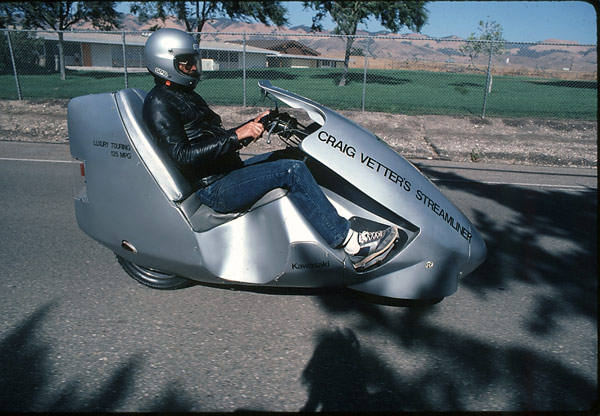REdiculous
10 kW
How much power is lost due to oil cooling (not much I hope - other cons?), how much does that add to the cost and does it make sense at the 10-20ish HP level that I'm more interested in? 100HP is neat, but..nah. later 


Hi Matt,recumpence said:The 94% efficiency is a number Bob came up with based on the 3220 motors. Most of them peak at well over 94% efficiency. Also, this is essentially one and 1/2 3220 motors. As such, it should be good for 14kw without active cooling, or 20kw with fans (even more in short bursts). This motor is 1.5 times the power of a 3220 with 3 times the cooling surface area giving a net 50% increase in cooling area per lamination size versus the 3220.
I realize these motors are different from each other, but I don't know what that means in specific specs. I just want to get an idea about how different your motor will be compared to Hal's.HAL9000v2.0 said:kV is exactly 75. ...The limiting factor is big bearing, as someone mention before. Until 4400-4600 rpm there is no problem. The motor runs fine and everything stays cool. No load current on 75V (4500rpm) is 6,7A and on 3000rpm around 4,2A. After that the current goes up rapidly and all the heat is in big bearing, the windings are cool. On 6000rpm no load current on 75V is 17,5A and it is from bearing. I repeated the 6000 rpm test at home but I put the DuPont PTFE high tech NLGI1 grease and no-load current on 6000rpm at 71V was 9,4A for few minutes.
...it is 12kw constant power at 60V and 200A, 4500rpm. Can it go more? Of course it can, but you have to work a little or pay more...
recumpence said:So, we are looking at roughly 9,000 rpm with my motor. If reduced 4 to 1, that should be perfect for output to a bike or motorcycle rear wheel.
Matt
That's the rpm of the output of the reduction unit, not the rpm of the wheel.John in CR said:recumpence said:So, we are looking at roughly 9,000 rpm with my motor. If reduced 4 to 1, that should be perfect for output to a bike or motorcycle rear wheel.
Matt
A very fast bike or motorcycle if the wheel is spinning at to 2krpm+
Please speculate about what eBike applications this motor can and should be applied to?recumpence said:Oh, as for controllers, I am leaning toward Kelly controllers. They can be setup for 70,000 electric RPM. So, we are looking at roughly 9,000 rpm with my motor. If reduced 4 to 1, that should be perfect for output to a bike or motorcycle rear wheel.
deVries said:Please speculate about what eBike applications this motor can and should be applied to?recumpence said:Oh, as for controllers, I am leaning toward Kelly controllers. They can be setup for 70,000 electric RPM. So, we are looking at roughly 9,000 rpm with my motor. If reduced 4 to 1, that should be perfect for output to a bike or motorcycle rear wheel.

I think all you need to know is 2 problem motors out of the first 5 samples and bearings that overheat at 4,800 rpm. Hal will make sure you don't get an obviously bad motor and will probably make good on any severe problems but the underlying quality clearly isn't great.katou said:Not to mention that I have no idea what kind of quality control the colossus people have…
